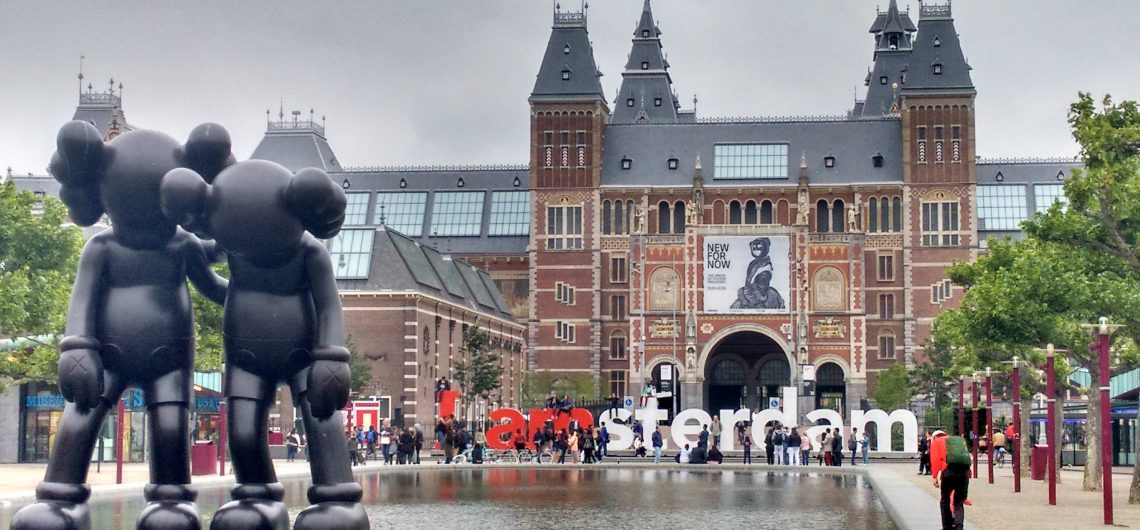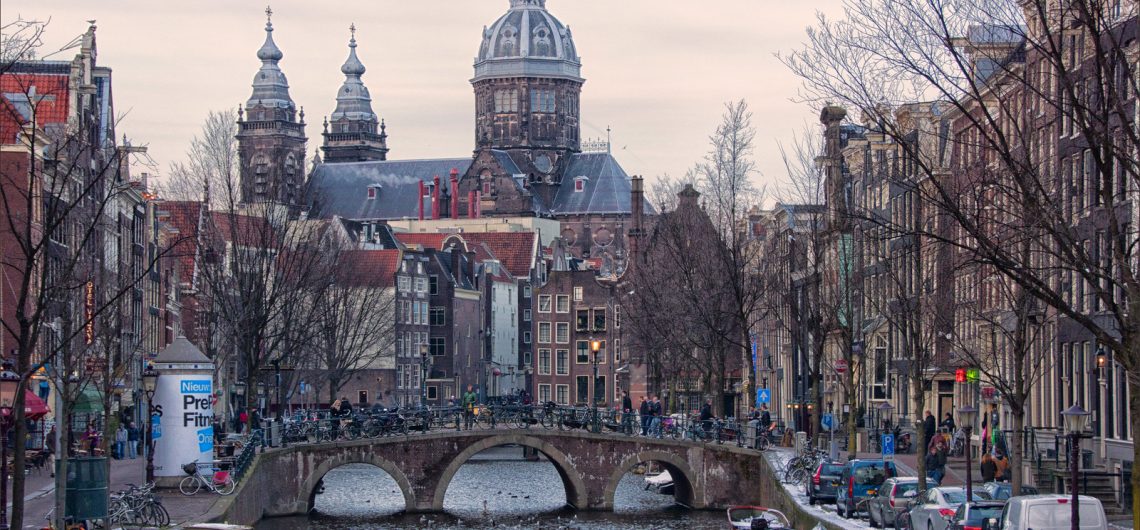The Amsterdam Red Light District, also known as De Wallen, is one of the city’s most famous and controversial neighborhoods. The district is famous for its red-lit windows, where sexworkers display themselves to potential clients. But beyond this industry, De Wallen is also a historic area with a rich cultural heritage, attracting millions of tourists every year. In this blog post, we’ll explore the history, controversy, and tourism of the Amsterdam Red Light District.
History
The Amsterdam Red Light District has a long and complex history. Prostitution has been present in Amsterdam since the city was founded in the 13th century, with many sailors and traders visiting the city and seeking the company of sexworkers. In the 17th century, Amsterdam became one of the most prosperous cities in Europe, thanks in part to its trade with the Dutch East Indies. This prosperity led to the growth of this industry, and the Amsterdam Red Light District was born.
The red lights first appeared in De Wallen in the early 20th century. Before then, sexworkers would stand in the windows wearing uniform clothing. However, as the competition increased, these workers started wearing red lights to attract more attention. The red lights soon became a symbol of the Amsterdam Red Light District and remain so to this day.
During World War II, the Nazis forced many Jewish women into prostitution in the Amsterdam Red Light District. After the war, the Dutch government legalized prostitution in an effort to protect workers and regulate the industry. This led to the creation of the first official brothels in the Amsterdam Red Light District in the 1950s.
Controversy
Despite being legal, the Amsterdam Red Light District is a controversial area. Critics argue that this industry exploits women and perpetuates gender inequality. There have been several high-profile cases of sex trafficking and forced prostitution in the area, which have further fueled the controversy.
In recent years, there has been a growing movement to close down the Amsterdam Red Light District. Some argue that legalising prostitution has not made it safer for sexual workers and that it has only increased the demand for prostitution. Others believe that the Amsterdam Red Light District is a stain on the city’s reputation and that it should be replaced with more wholesome attractions.
On the other hand, supporters of the Amsterdam Red Light District argue that legalising prostitution has made it safer for sexual workers and has reduced the incidence of violence and exploitation. They also point out that the district is a significant source of revenue for the city, with tourists flocking to the area to experience its unique culture.
The increasing amount of tourism is another issue that has sparked controversy in Amsterdam. The city is a popular destination for visitors from around the world, and the number of tourists has increased dramatically in recent years. While tourism can bring economic benefits, such as job creation and increased revenue for businesses, it has also had a negative impact on some neighborhoods, causing overcrowding, noise, and damage to historic buildings.
One of the most recent controversies in Amsterdam has been the rise of short-term rental platforms like Airbnb. While these platforms can provide affordable accommodation options for travelers, they have also been accused of exacerbating the housing crisis in Amsterdam by reducing the number of available rental units and driving up prices.
In recent years, Amsterdam has taken steps to address some of these controversies. The city has implemented new regulations on coffee shops and is working to reduce the number of visitors to the red-light district. It has also introduced measures to combat overtourism, such as promoting alternative destinations and encouraging visitors to explore other parts of the city.
Tourism
The Amsterdam Red Light District is a major tourist attraction, with millions of visitors every year. Visitors come to experience the district’s unique atmosphere and to see the red-lit windows, where workers display themselves to potential clients.
In recent years, the Amsterdam Red Light District has become increasingly commercialized, with souvenir shops, coffee shops, and bars catering to tourists. Some argue that this commercialization has turned the district into a theme park and that it has lost its authenticity and cultural heritage.
However, others argue that the Amsterdam Red Light District is an important part of the city’s cultural heritage and that it should be preserved. They believe that the district’s unique atmosphere and history make it an important tourist attraction that draws visitors from around the world.
Conclusion
The Amsterdam Red Light District is a complex and controversial area that attracts millions of tourists every year. The district has a long and fascinating history, dating back to the city’s founding in the 13th century. While legalizing prostitution has made it safer for sex workers, it has also led to controversy and debate about the industry’s impact on gender equality and exploitation.
Despite the controversy, the Amsterdam Red Light District remains a major tourist attraction, with visitors from all over the world coming to experience its unique atmosphere and cultural heritage. While some argue that the district has become overly commercialized and has lost its authenticity, others believe that it should be preserved as an important part of the city’s history.
Ultimately, the debate over the Amsterdam Red Light District will continue. As attitudes towards sex work and gender equality evolve, the future of the district is uncertain. However, for now, the Amsterdam Red Light District remains an important part of the city’s cultural heritage and a major attraction for tourists.


